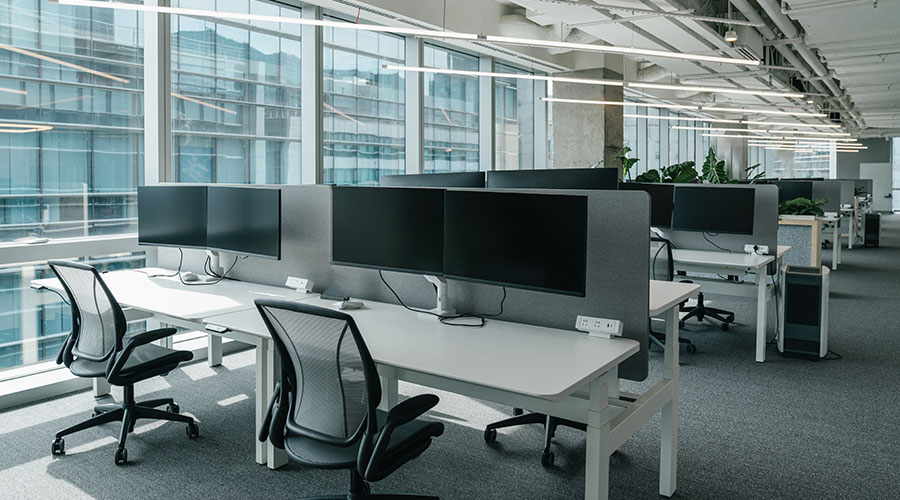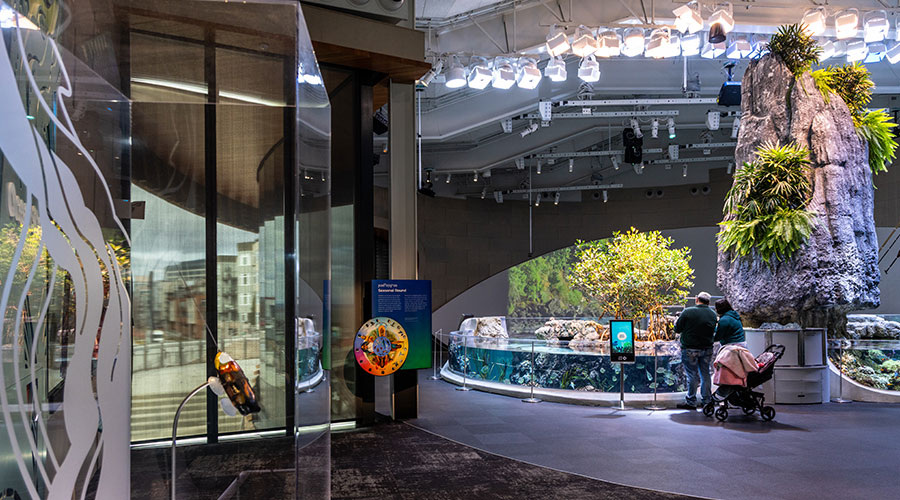nemasavesenergy.org:
A Wealth of Lighting Upgrade Information
If a facility executive is looking for more information on lighting upgrades, a good place to start is the enLIGHTen America Web site: www.nemasavesenergy.org. This information-rich virtual environment covers a wide range of material, including:
- Energy-saving lighting solutions
- Energy-savings calculators
- Case studies
- Tax and other incentives for energy saving lighting upgrades
- Fluorescent lamp recycling
Energy-efficient lighting products covered on the Web site include HID and compact fluorescent lamps, luminaires, lighting controls, NEMA Premium ballasts, LEDs, exit signs and more.
Information comes from a range of sources. A library section features links to many key resources on lighting upgrade topics, from planning to incentives to technology. In the exhibition hall, visitors can find information from a multitude of leading lighting manufacturers.
The Web site also includes checklists, magazine articles, conference presentations, an interactive networking lounge and other useful sources of information.
Nemasavesenergy.org is sponsored by the National Electrical Manufacturers Association and the country’s leading lighting manufacturers.
|

















